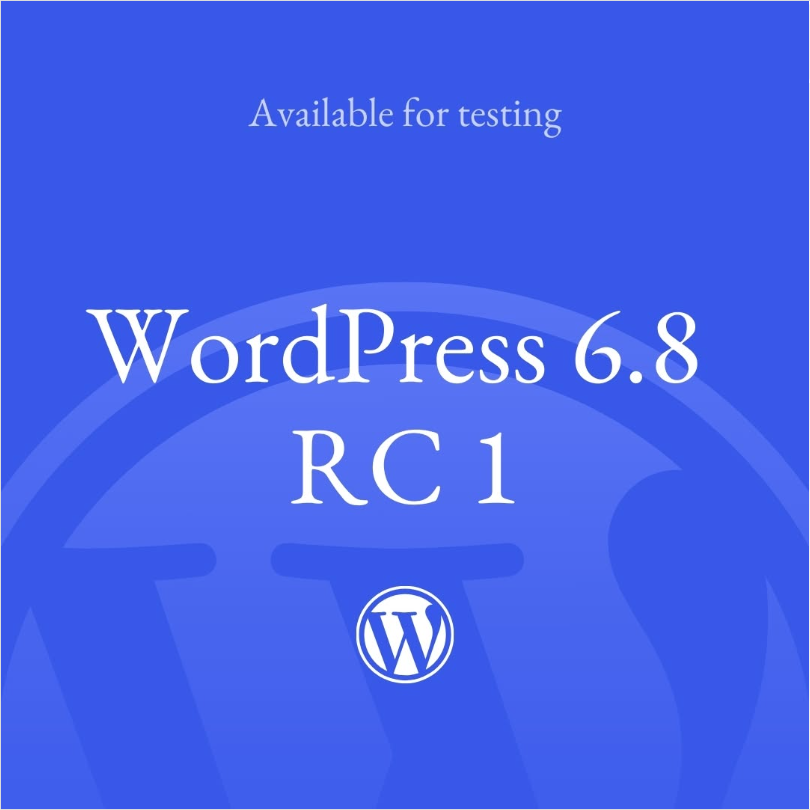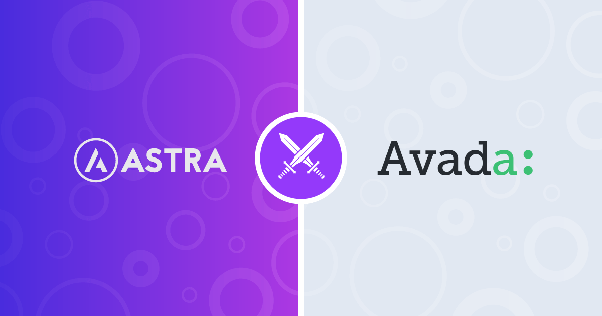In SEO optimization, meta information (Meta Title and Meta Description) is an important factor in attracting clicks. While desktop and mobile search results are roughly the same, Google varies in display length, typography, and user behavior due to different screen widths.
This article introduces Rank Math Functionality in meta-information settings and a way to juggle desktop and mobile presentation in the same setting to help get higher click-through rates in search results.
![Image[1]-Rank Math Setting up meta information to balance desktop and mobile SEO methods](http://gqxi.cn/wp-content/uploads/2025/06/20250630152106232-image.png)
I. Desktop and mobile device display differences
1. Different display lengths
- Meta Title
Desktop: about 60-70 characters
Mobile: about 50-60 characters - Meta Description
Desktop: about 150-160 characters
Mobile: approx. 120-150 characters
2. Typographical folding
mobile device (smartphone, tablet, etc)Due to the narrow screen, if the title is too long it will be omitted, affecting the user's understanding of the page's theme and reducing the click-through rate.
![Image [2]-Rank Math Setting up meta information to balance desktop and mobile SEO methods](http://gqxi.cn/wp-content/uploads/2025/06/20250630155738173-image.png)
3. Different user search behaviors
Mobile users favor quick understanding and direct clicks, and the first few words of the meta description are more important.
II. Methods for optimizing meta-information for different devices
1. Setting in page/article editing
Steps:
- Go to the WordPress backend and open the page or post that needs to be optimized
- slide to Rank Math SEO Setup Module
![Image [3]-Rank Math Setting up meta information to balance desktop and mobile SEO methods](http://gqxi.cn/wp-content/uploads/2025/06/20250630160102866-image.png)
- Click Edit Snippet
![Image [4]-Rank Math Setting up meta information to balance desktop and mobile SEO methods](http://gqxi.cn/wp-content/uploads/2025/06/20250630160007599-image.png)
The meta information editing window will pop up.
2. Optimization of Meta Title
- Keep it short and sweet
It is recommended to keep it to 50-60 characters for a complete mobile and desktop presentation.
![Image [5]-Rank Math Setting up meta information to balance desktop and mobile SEO methods](http://gqxi.cn/wp-content/uploads/2025/06/20250630160203791-image.png)
- Top Keywords
targetbywordPlacing it at the beginning of the headline ensures that it conveys the core of the page even if it is truncated. - branding words are placed after (idiom); brand terms are postponed
If you need to add branding words, you can put them at the end of the title, e.g. "How to Optimize WordPress Site Speed | Brand Name".
![Image [6]-Rank Math Setting up meta information to balance desktop and mobile SEO methods](http://gqxi.cn/wp-content/uploads/2025/06/20250630160241200-image.png)
3. Optimizing Meta Description
- Highlighting the core message
The first 100 characters try to cover the page's core selling point, content topic, or service benefit. - Add call-to-action words
For example, "Learn Now", "Get It Free", "View Full Tutorial" to increase the willingness to click.
![Image [7]-Rank Math Setting up meta information to balance desktop and mobile SEO methods](http://gqxi.cn/wp-content/uploads/2025/06/20250630160422210-image.png)
- Avoid excessive length
It is recommended to keep it to 120-150 characters and to reduce the number ofmobileOmit probability.
4. Using Rank Math's preview function
In the Edit Snippet window, Rank Math provides:
- desktoppreviews
- Mobile Preview
![Image [8]-Rank Math Setting up meta information to balance desktop and mobile SEO methods](http://gqxi.cn/wp-content/uploads/2025/06/20250630160517274-image.png)
Toggle the view to ensure that the title and description are complete and aesthetically pleasing on both devices.
Using Schema to Enrich Search Results
Schema Doesn't directly change the length of the meta information, but allows the page to display more information in mobile search, such as rating stars, FAQ expansion boxes, and improved visual appeal.
Rank Math Support:
- Article schema
- Product schema
- FAQ schema
- Customizing the schema structure
![Image [9]-Rank Math Setting up meta information to balance desktop and mobile SEO methods](http://gqxi.cn/wp-content/uploads/2025/06/20250630161210324-image.png)
Once added, Google will display rich results on desktop or mobile depending on the content.
Fourth, batch set the template, unified optimization
with regards to WooCommerce StoreIt is very time-consuming to edit titles and descriptions one by one for a large number of pages such as blogs, product catalogs, and so on.
Courtesy of Rank Math:
Global Template Settings
- Backstage go to Rank Math → Titles & Meta
![Image [10]-Rank Math Setting up meta information to balance desktop and mobile SEO methods](http://gqxi.cn/wp-content/uploads/2025/06/20250630161311159-image.png)
- Select types of Posts, Pages, Products, etc.
![Image [11]-Rank Math Setting up meta information for both desktop and mobile SEO methods](http://gqxi.cn/wp-content/uploads/2025/06/20250630161452363-image.png)
- Setting the default Title and Description templates
![Image [12]-Rank Math Setting up meta information to balance desktop and mobile SEO methods](http://gqxi.cn/wp-content/uploads/2025/06/20250630161517597-image.png)
Example:
- Title Template: %title% | %sitename%
- Description Template:%excerpt% Quickly learn more about %sitename%
Once set, the template is automatically applied to new articles to keep the formatting uniform.
V. Summary
Rank Math doesn't have the ability to set up separate meta information for desktop vs. mobile, but by the way:
- Control Character Length
- Keyword Layout
- Use the preview function to accommodate both ends of the display
- Enhance the richness of results with Schema
This allows pages to be optimally rendered across devices, improving overall SEO results.
Link to this article:http://gqxi.cn/en/64107The article is copyrighted and must be reproduced with attribution.

























![Emoji[jingya]-Photonflux.com | Professional WordPress repair service, worldwide, rapid response](http://gqxi.cn/wp-content/themes/zibll/img/smilies/jingya.gif)






No comments